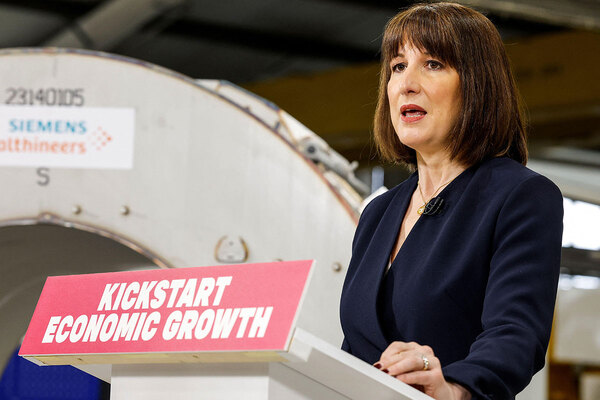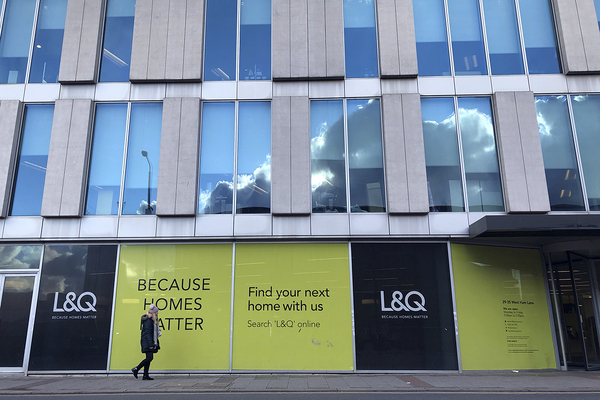You are viewing 1 of your 1 free articles
Church of England body achieves Aa1 credit rating
The body that administers the property assets of the Church of England has received an ‘Aa1’ credit rating with a ‘stable’ outlook from ratings agency Moody’s.
The Church Commissioners was assigned the first-time grade with Moody’s highlighting its sound investment management, strong liquidity and minimal leverage, and excellent standards of governance and financial strategy.
It manages assets valued at £10.1bn as of the end of 2021 financial year.
The ratings agency said the body has high levels of liquidity, with around three years of cash on hand as at the end of the last financial year and low leverage, as spendable cash and investments to total adjusted debt was 6.9x.
Moody’s also pointed out the organisation’s “strong track record of above target returns over the past thirty years”.
Moody’s expects the funding needs of the Church of England to increase over time, which will increase the demand for the Church Commissioners’ resources.
However, the agency said the legislative framework the Church Commissioners operates will enable it to ensure that distributions remain sustainable.
The Church Commissioners has some institutional linkages to the UK government, but Moody’s said there are no material impacts of these linkages on its day-to-day operations.
In addition, there is no direct relationship between the UK government or impact of UK government policy on the organisation’s revenues, expenditures and assets.
Moody’s asserted that environmental considerations are not material to the Church Commissioners’ credit profile.
This is because the Church of England’s target of net zero by 2030 as it relates to the Church Commissioners’ fixed assets, including Lambeth Palace, is not expected to represent a material amount of expenditure in comparison to the scale of its overall distributions.
The Church Commissioners’ own target of achieving net zero carbon in its investment portfolio by 2050 is not expected to have a material impact on the value of the endowment over the medium term.
But social and governance considerations are material to the Church Commissioners’ credit profile.
For example, if parish donations – the main source of Church of England income outside of the Church Commissioners – fall, this would increase demand on the Church Commissioners’s resources.
It may also be exposed to expenditure related to safeguarding redress, a broader church issue that is expected to evolve to be assessed under a national redress scheme due to be introduced from 2023.
Moody’s praised the body’s “very high” governance and financial management standards.
The agency added: “The organisation has strong risk management and liquidity practices, with liquidity management well integrated within its investment management.”
The agency said an upgrade could result from an upgrade of the UK sovereign’s rating given the connection between the two entities, but it was unlikely.
Similarly, a downgrade could result from a downgrade of the UK sovereign’s rating, or a material deterioration in the value of the endowment and/or a significant increase in endowment distributions above expected levels.
In addition, a material deterioration in liquidity, changes in its statutory obligations and/or signs of weakening governance could also result in a downgrade.
The Church of England announced in May that it was setting up a new housing association to acquire social housing on a “significant scale”.
It owns roughly 200,000 acres of land, making it one of the largest landowners in England, although not all of this land is developable.
Sign up for our development and finance newsletter
Already have an account? Click here to manage your newsletters











